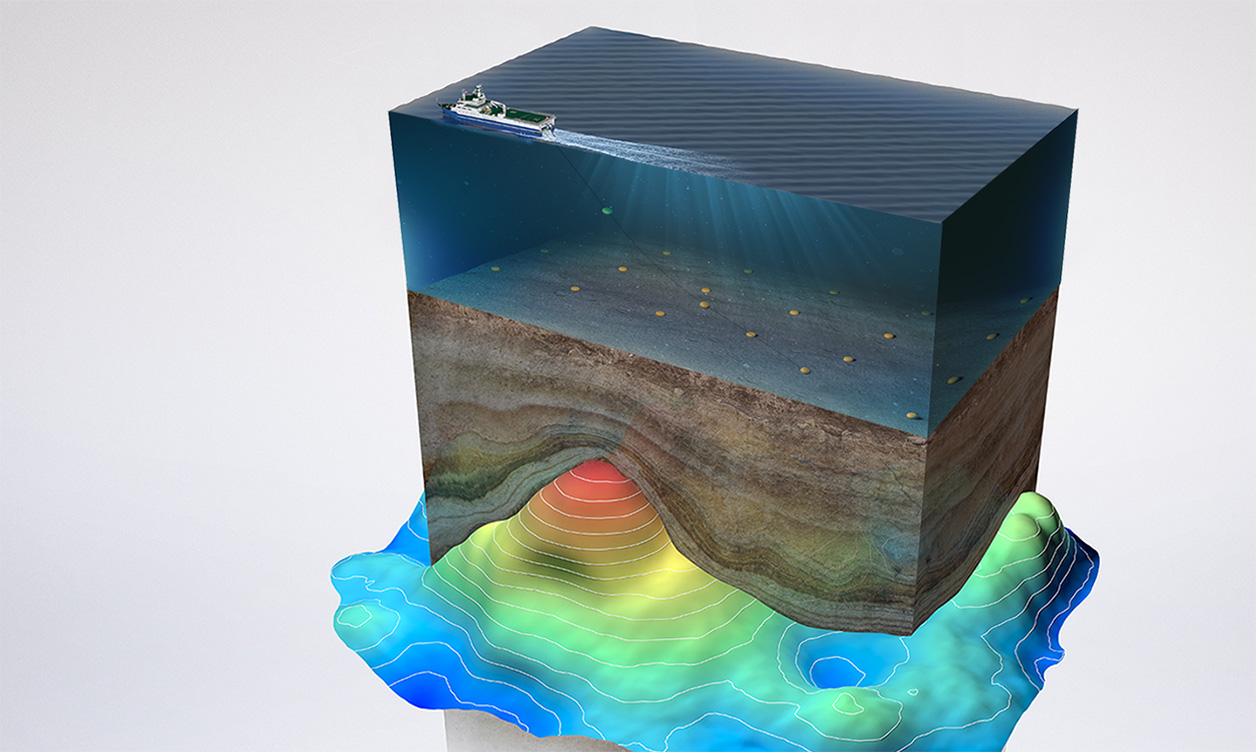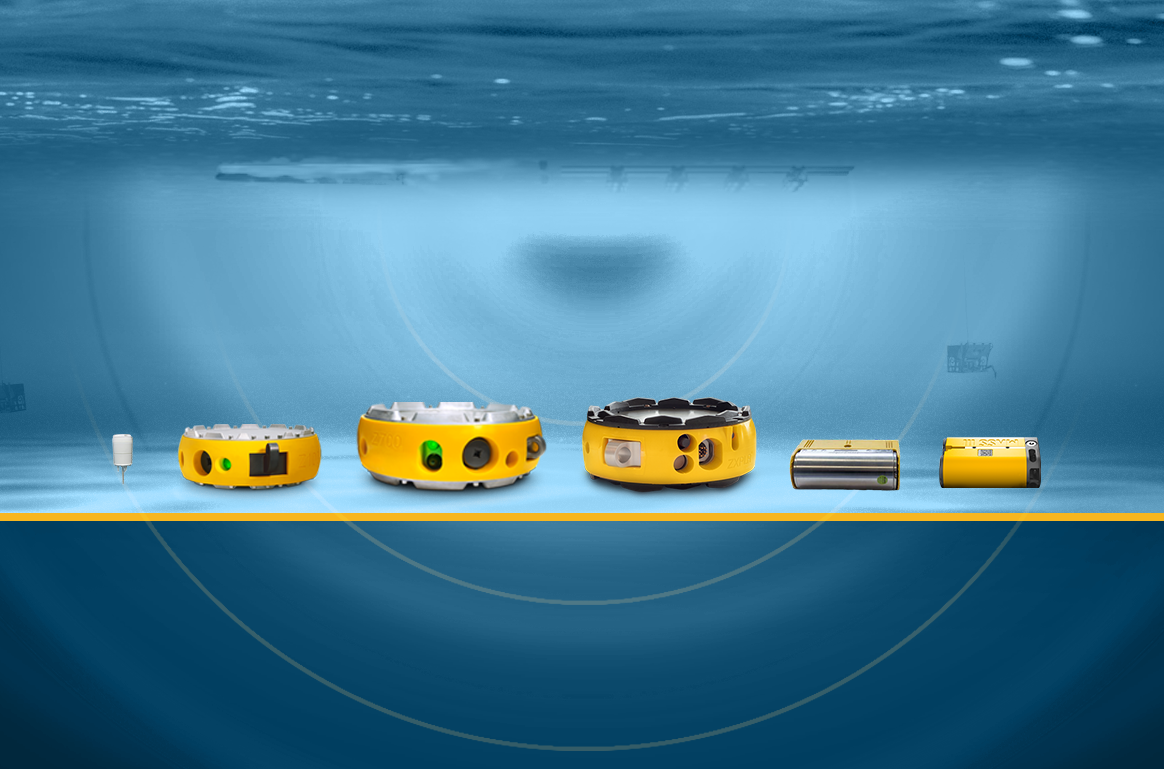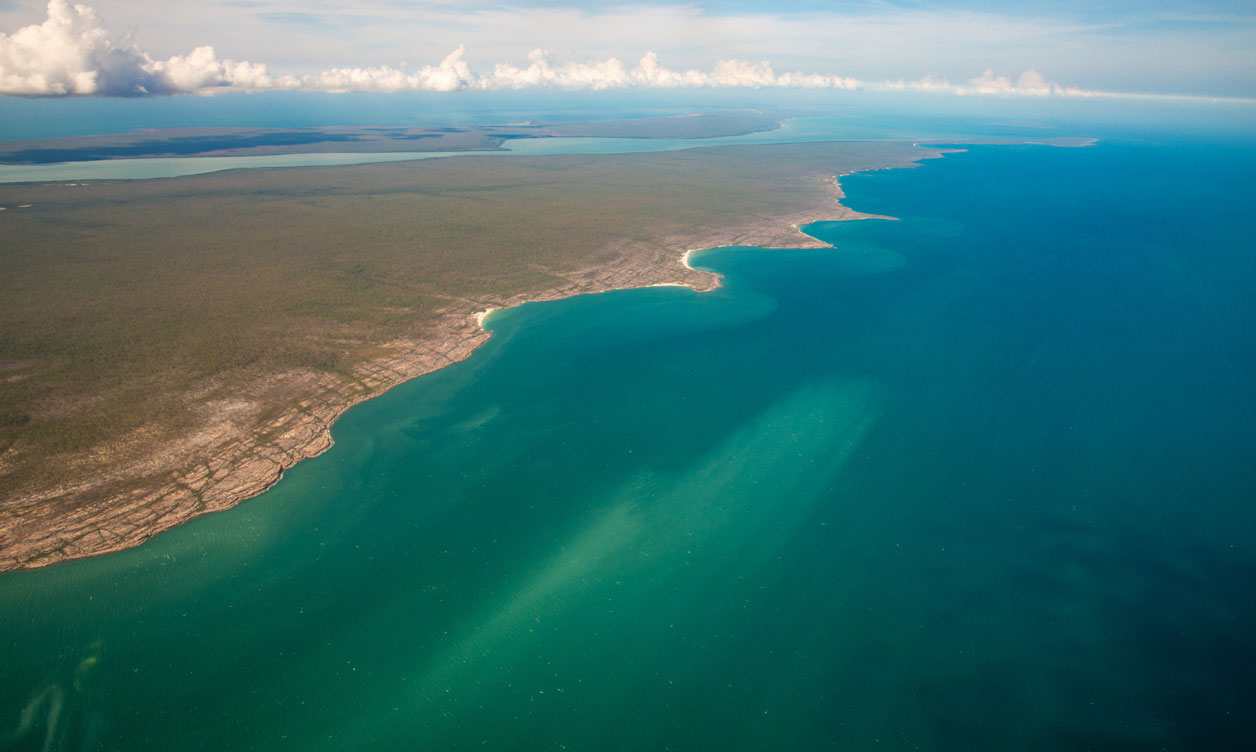Ocean Bottom Node Solutions
Seismic acquisition with ocean bottom nodes demands precision, reliability and accountability. With decades of global experience, TGS delivers integrated OBN technology that meets your scope and schedule - safely, efficiently and without surprises.
Our solutions combine high-fidelity imaging with proven operational performance, enabling better decisions across exploration, field development, CO₂ storage monitoring, offshore wind siting and deep-sea mineral mapping
OBN Seismic Solutions
TGS ocean bottom node (OBN) seismic solutions deliver high-resolution imaging in complex and technically demanding subsurface environments. By capturing detailed, full-azimuth seismic data directly from the seafloor, our systems support a deeper understanding of your reservoir, enabling better field development and lower-risk decisions.
With decades of global experience and a reputation for reliability, TGS is a trusted partner for delivering predictable, high-value OBN programs. Our integrated approach brings together proven technology, subsurface expertise and project agility to help reduce uncertainty and support confident decisions across energy, carbon storage and marine resource projects. We work under long-term partnerships to meet your goals on scope, on schedule and with a strong commitment to safety and responsibility.
Services
With more than 130 surveys completed worldwide, TGS brings the experience needed to deliver consistently high-quality OBN projects. Our focus is on predictable outcomes, efficient execution and safe operations, even in the most challenging offshore environments.
We offer a modular range of services, including proprietary acquisition and handling systems, tailored source designs, reservoir monitoring and flexible commercial models. Whether you choose a bespoke solution or a multi-client arrangement, we work with you to deliver value through subsurface knowledge, operational discipline and adaptability.


Technology
High-quality seismic data starts with the right technology. TGS OBN solutions use modular nodal systems, automated handling and flexible deployment methods to create an integrated acquisition system. This setup allows us to adapt to a wide range of offshore environments while maintaining consistent data quality and efficient operations.
Full-azimuth, four-component (4C) data supports clearer imaging, more accurate reservoir models and faster turnaround. Our integrated technology helps reduce reprocessing time and improves decision-making across exploration and development projects.
Setting the Standard for OBN Acquisition Since 2003
TGS has led the industry in OBN acquisition for over 20 years. We support a wide range of clients, including IOCs, NOCs and independent operators. Our reputation is built on consistent results, long-standing customer relationships and a focus on continuous improvement.
Meeting Challenges in Any Environment or Depth
Our proprietary MASS and ZNodal technologies are designed for flexibility and reliability. Fully modular and deployable by rope, cable or ROV, they can operate in water depths ranging from 0 to 4,000 meters. Whether near infrastructure, in sensitive ecosystems or across transition zones, our automated systems support safer, faster and more efficient operations. This technology reduces manual handling, increases consistency and delivers high-quality seismic data while supporting strong environmental and safety performance.


Workflows & Planning
ECHOVA, our integrated project workflow, connects planning, acquisition and processing into one streamlined system. It simplifies execution, reduces environmental impact and provides better cost control and transparency from start to finish. This end-to-end approach supports long-term value and reinforces our commitment to responsible, sustainable operations.
Answers to Your Top Ocean Bottom Node Questions
OBN seismic surveys offer superior imaging quality and flexibility for complex offshore environments. Whether you're planning a new acquisition or enhancing existing field development, this FAQ covers how TGS supports your OBN project—from survey design and environmental planning to data delivery and long-term value. Explore the basics, benefits and latest advancements in OBN technology below.
In oil field development, OBN seismic is crucial for detailed subsurface imaging. It aids in understanding the geological formations, identifying potential reservoirs, and planning the development of the oil field. The clarity and precision of OBN data support effective decision-making throughout the development process.
Ocean bottom seismic offers several advantages, including better imaging quality, especially in areas with complex geologies. It provides full-azimuth coverage, overcoming limitations of traditional towed-streamer seismic in areas with obstructions or complex salt structures. Additionally, it has a lower environmental impact and can offer better repeatability for time-lapse (4D) studies.
Let’s Discuss Your Acquisition Needs
With the industry’s most diverse fleet and integrated expertise, from survey design and acquisition to seismic data imaging, TGS delivers trusted, tailored solutions for complex exploration challenges.
Learn More About Our Fleet
Discover the capabilities, configurations and proven performance of our diverse fleet. Built for reliability and efficiency, our vessels are ready to meet your exploration needs, anywhere in the world.
Start the Conversation
Every project is different. Talk to a TGS expert about your specific acquisition requirements. With decades of trusted experience and integrated capabilities, we’ll help you design the right solution from the start.

